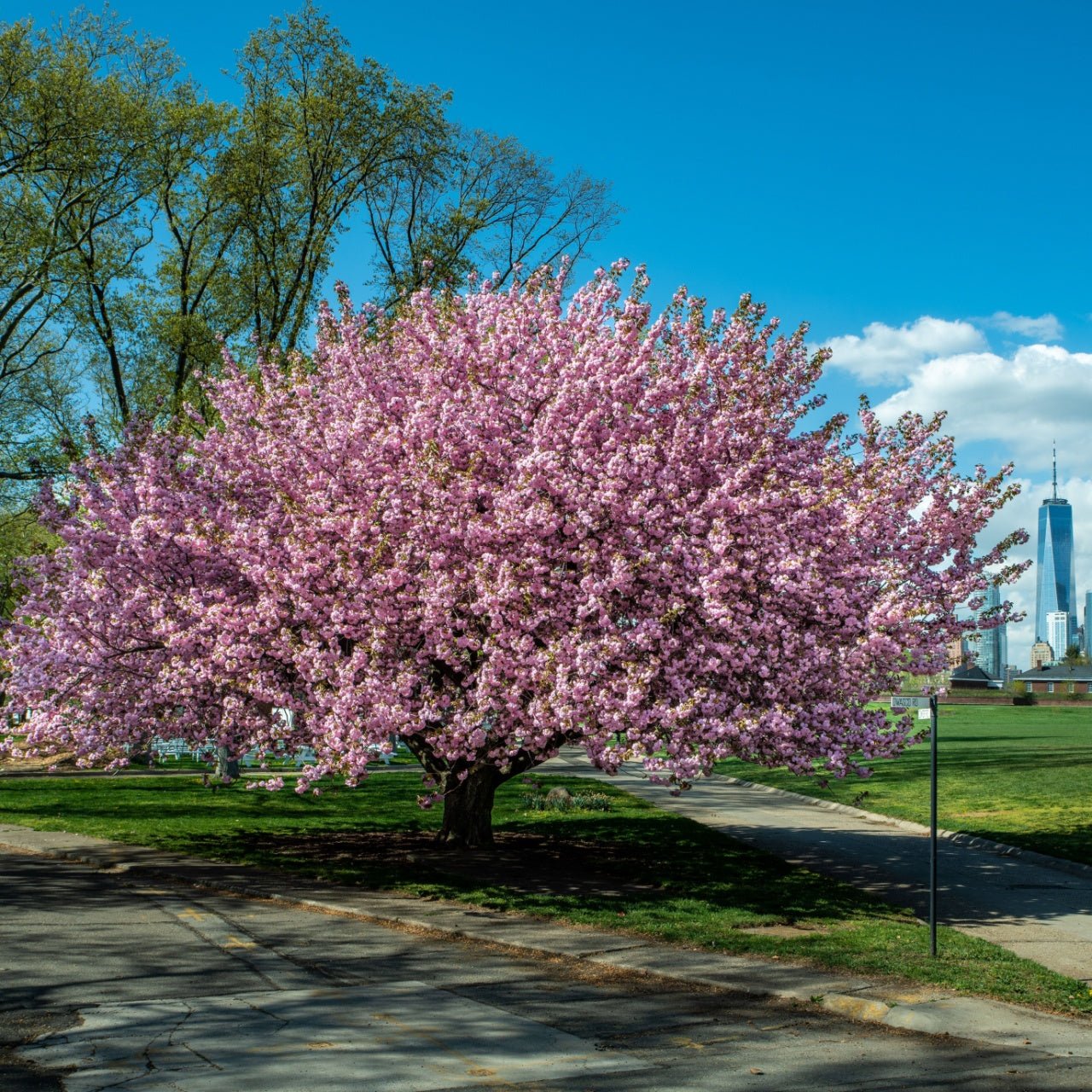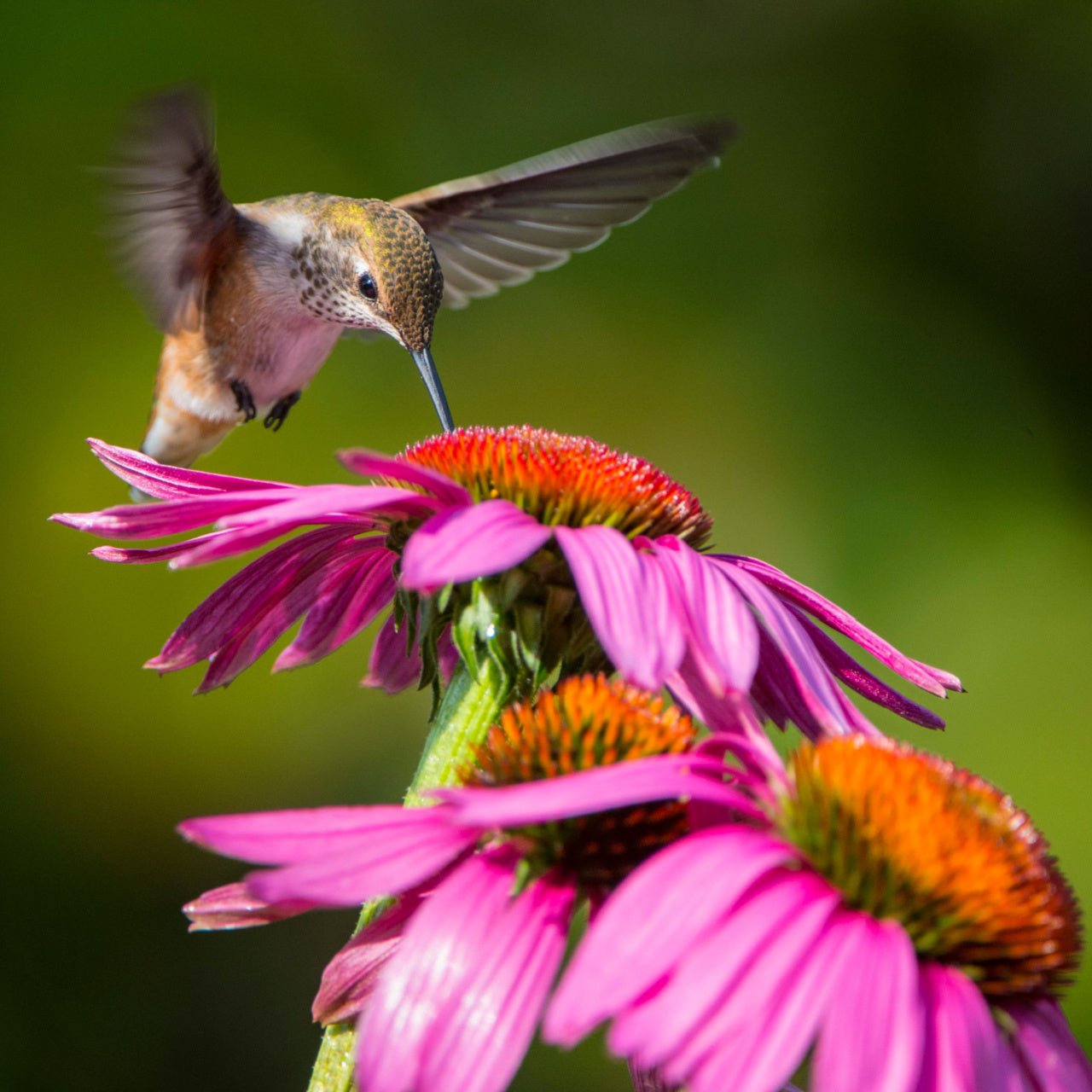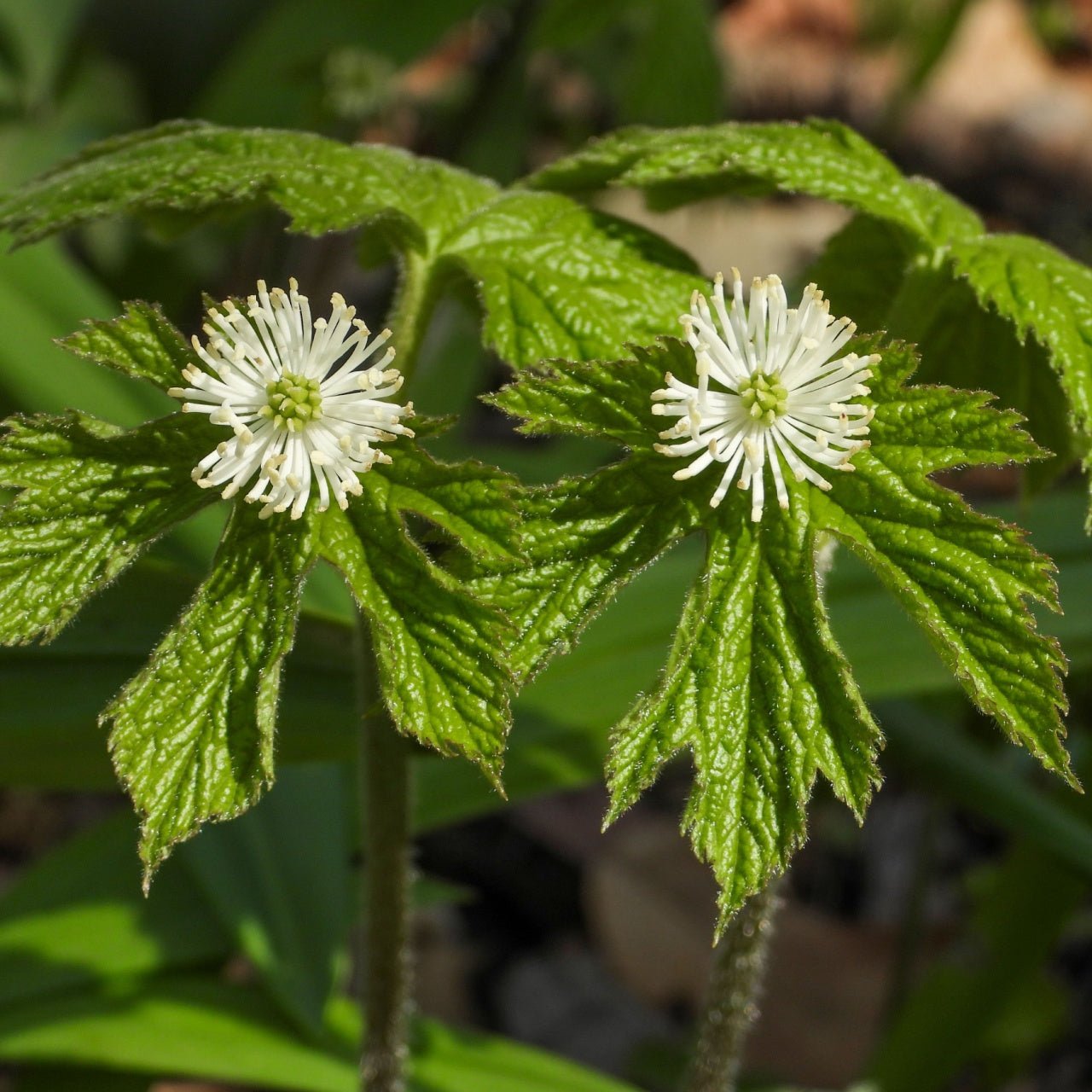
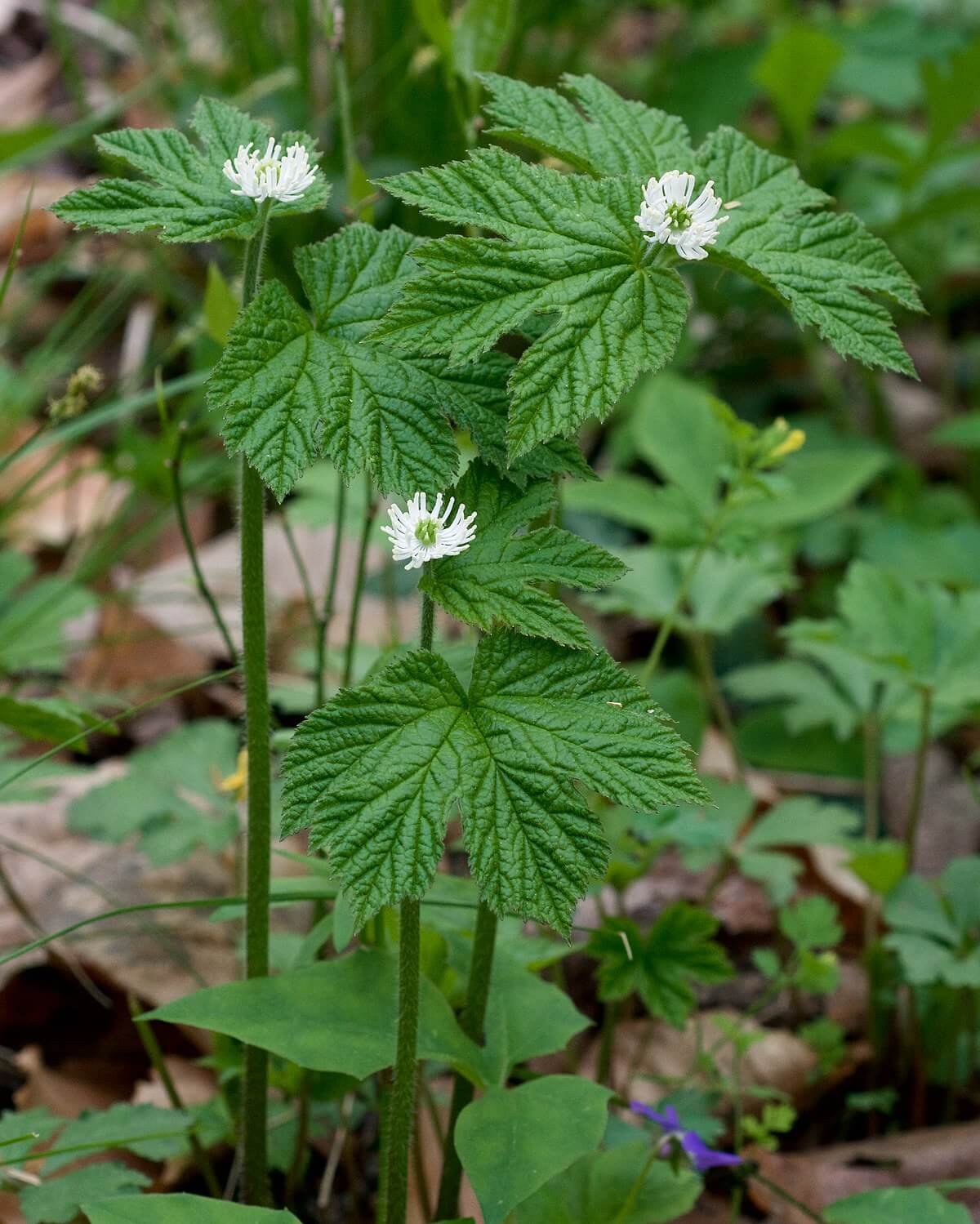
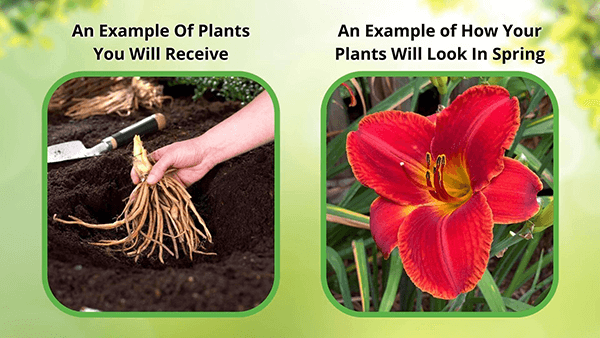
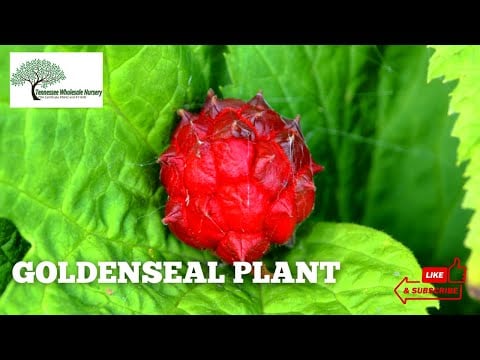
Goldenseal Plant
Attracts beneficial garden pollinators
Thrives in shady garden areas
Supports sustainable gardening practices
Thrives in
ZONE 3ZONE 4ZONE 5ZONE 6ZONE 7ZONE 8This plant ships:
Ships Week of May 12th1 Year Guarantee on all plants
Goldenseal Plant - Hydrastis canadensis
The Goldenseal Plant (Hydrastis Canadensis) is a delightful herb native to eastern USA. Its sturdy straight stalks and umbrella like leaves bring a charming addition to your deciduous forest understory. Its leaves are highly textured and the fine hairs covering the entirety of the leave glisten when struck by the sun, making for an enchanted forest feeling.
The plant produces one petal-less flower composed of only white stamens. Once pollinated, a bright red raspberry-like fruit develops, creating a vibrant contrast with its vivid green leaves. Since the berries develop atop very short stems, it looks as though they are being offered for eating on a leafy green platter.
Plant Details - Goldenseal Plant
Family: Ranunculaceae
Hardiness Zones: 3 to 8
Light Requirement: Partial sun to full shade
Water Needs: Moderate
Height: 10 to 15 in
Spread: 10 in to 2 ft
Growth Rate: Slow
Bloom Time: April to May
Flower Color: Greenish-white
Wildlife Value: Red berries can be consumed by wildlife
The Goldenseal Plant plant develops from its rhizomatous roots that are yellow in color, which is where the plant gets its common name. It blooms in mid to late spring and creates an inviting ground cover in moist areas of the garden. Once the plant has reached reproductive age, it produces two leaves per plant arranged alternately, however while still immature, leaves are produced on a single stalk.
It is a popular medicinal plant and is used to cure flue and cold symptoms. It is one of the earliest recorded American medicinal plants and it is regularly a top seller among the medicinal market.
Landscape Uses and Maintenance - Goldenseal Plant
It thrives in shady areas of the garden and enjoys moist, well-drained soil. While it does prefer moist soil, it is tolerant of many different soil types and pHs.
The plant requires no maintenance once established. Add this native to your medicinal garden and enjoy it for its delightful visual appeal and for its wellness properties alike. Or plant it among taller, shade-producing overstory in your garden to produce a luscious understory counterpart.
Noteworthy Characteristics:
Medicinal, delightful ground cover, low-maintenance. This charming ground cover is an excellent addition to your native plant garden or wetland landscape. Shop for Goldenseal Plants online at TN Nursery. For 68 years, we have served the landscaping industry and homeowners with specimen plants.
This Is How Your Plants Will Look upon Delivery
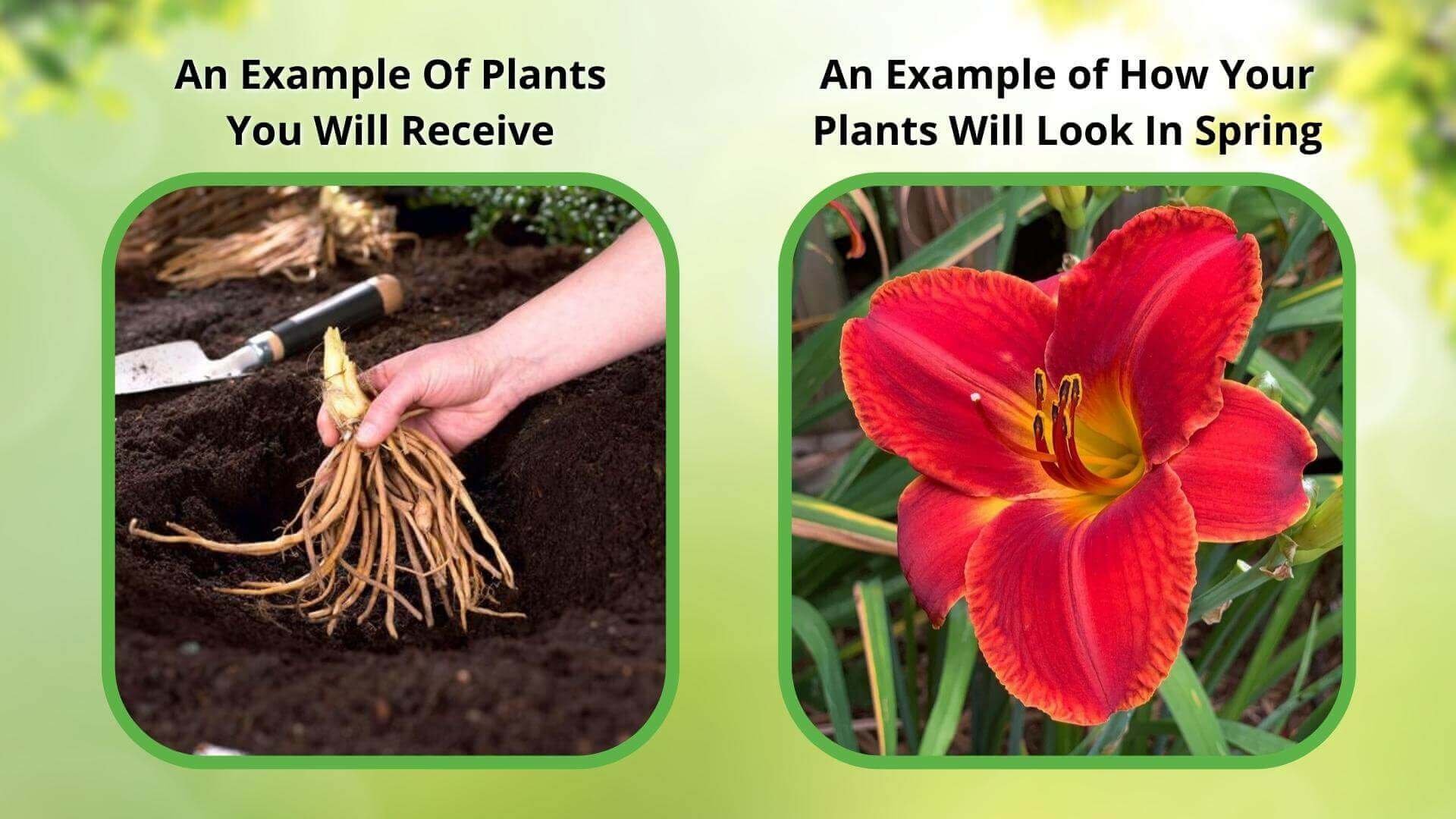
Bloom Season
Summer
Bloom/Foliage Color
White
Height at Maturity
Under 12"
Care
Goldenseal thrives in well-drained, rich soil. Keep it evenly moist but not soggy. Fertilize sparingly in early spring. Protect from extreme temperatures and pests. Harvest roots in the fall, ensuring the plant has matured for optimal potency.
Plant Reproduction
Goldenseal plant spreads by growing its rhizomes and fibrous roots into the surrounding area.
Shipping date depends on the date displayed and chosen when you order from the product's page.
We only accept returns on plants verified dead. If you think your plants have died, we offer a 1 year warranty, please use this File a Claim Link to verify dead plants and start with return warranty process.





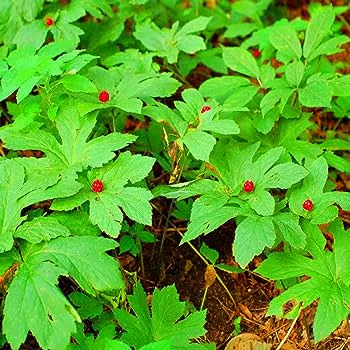
Perennial Herb:
Develops small, red berry-like fruit and thrives as a perennial herb.
Bird and Animal Attraction:
Attracts birds, squirrels, and bees, especially honey bees.
Companion Planting:
Grows well with sugar maple trees, walnut trees, oaks, basswood, white ash, and poplars.
Shady Area Growth:
Can grow in areas where other flowers may fail, like under large shade trees.
Caring Tips
How do I care for my Goldenseal Plant?
Each box contains detailed care instructions and information about your product. But here's the basics.
Care Tips
Goldenseal thrives in well-drained, rich soil. Keep it evenly moist but not soggy. Fertilize sparingly in early spring. Protect from extreme temperatures and pests. Harvest roots in the fall, ensuring the plant has matured for optimal potency.
Light Requirements
The Goldenseal plant thrives in partial to full shade. It prefers filtered sunlight or dappled shade, mimicking the forest floor conditions of its native habitat. Avoid total sun, as it can cause leaf scorch and inhibit growth.
Hardy Planting Zones
3 • 4 • 5 • 6 • 7 • 8
Header
Use this content to share information about your store and products.
Frequently Asked Questions
How often should I water my plants?
How do I know if my plant is getting too much or too little sunlight?
What should I do to prepare my plants for winter?
What are the signs that my plant needs fertilizing?
How can I prevent pests from damaging my plants?
How do I choose the right plant for my climate zone?





